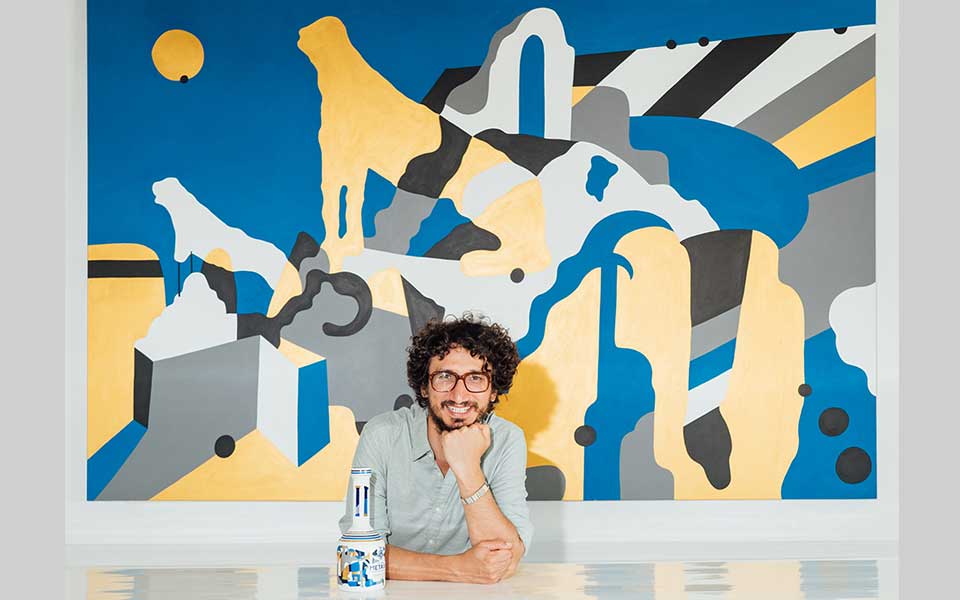When the Athens-based street artist Cacao Rocks, or Megoulos Yassonas, sprayed “Athens is the new Berlin” on a wall in 2010, it was more wishful thinking than reality.
For Yassonas, Greece’s crippling economic crisis left few opportunities after graduating from university. Rather than becoming a French teacher, he turned to street art, first tagging the growing number of shuttered stores and then creating murals and statements that spoke up against Greece’s high unemployment rate. Athens’ art world had all but ground to a halt.
Seven years later, Greece received the third bailout package from the European Union, and Athens’ art scene had exploded on the international stage. It was unofficially tapped as Europe’s newest art capital by Documenta 14 in 2017.
Aptly titled “Learning from Athens.” Documenta’s first show outside Kassel Germany was criticized for being “disaster tourism” by the former Finance Minister Yanis Varoufakis. Fifty-four painted blue sheep later, and most acknowledge that Documenta was a tipping point that opened Athens’ art scene to the rest of the world.
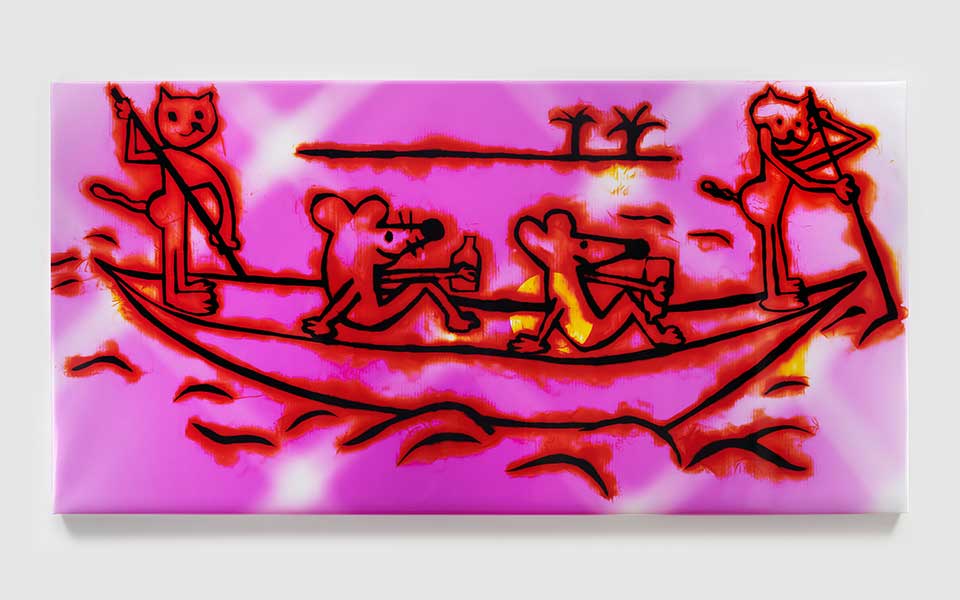
© Erin Brady
However, Athens’ rise as an international art capital started closer to home. The nonprofit foundation Neon and its founder Dimitri Daskalopolus began establishing Athens as an epicenter for contemporary art in 2013.
Combining architectural restoration with cultural development, notable exhibitions included “Breaking News” with British artist Michael Landy in 2017 and Sir Antony Gormley’s 29 iron sculptures on the protected island of Delos in 2019. Both collaborations got the attention of the international art world.
Some artists have moved to Athens permanently, including Landy, who is now a regular in the Athenian neighborhood of Exarchia.
The founder and director of Rodeo, Sylvia Kouvali, typically splits her time between her Athens and London galleries. She explains that while her gallery doesn’t exclusively represent Greek artists, “there’s also a huge responsibility for the local community here in Athens.”
Kouvali helps artists navigate the global stage, with Haris Epaminonda winning the Silver Lion at the Venice Biennale and Duncan Campbell winning the UK’s Turner Prize. Yet much of this past year has been about staying local and being holed up in Athens, which has allowed for more rootedness: “This time has allowed us to do things we couldn’t when always traveling.” Bumping into neighbors outside the coffee shop or seeing friends outdoors to talk and exchange ideas.

© Taylor Smith/ΝΕΟΝ/Ephorate of Antiquities of Cyclades
It’s the balance of global and local that Athens’s art world is getting right at a time when the world is getting smaller and folding in on itself.
The artistic director of Art Athena, Stamatia Dimitrokopoulos, who returned to Athens from LA to run the fair, believes there are opportunities to reach a wider audience online.
“Artists and galleries can experiment with different approaches. The first mistake is to assume showing in a gallery is the same as showing virtually. The skill needed to create a compelling digital platform becomes another medium to master.”
With Art Athina’s first digital exhibition last October, Dimitrakopoulos explains that both artists and curators have to “make the imaginative leap” to visualize doing the walk around the exhibition space. The digital divide is often generational. “The younger generations think about the online presence first, and then the physical. They go hand in hand.”
Waiting to Meet Again
Athens is not a generic, cookie-cutter city. It’s full of contrasts, modern and ancient, European, and unmistakably Greek. Geography plays an essential part in its importance.
After comparing the weather in London (two degrees and rainy) and Athens (26 degrees and sunny), Chloe Vaitsou, the international director of Art Dubai, notes that Athen’s proximity to European cities and eastern cultural capitals like Beirut and Cairo give it another dimension and the ability to build better networks of collaboration and exchange between cultures.
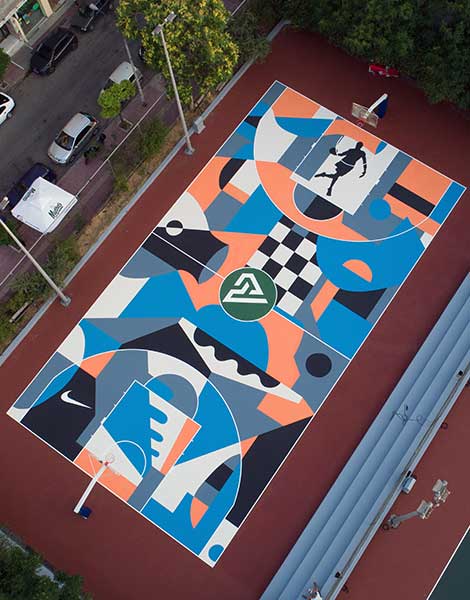
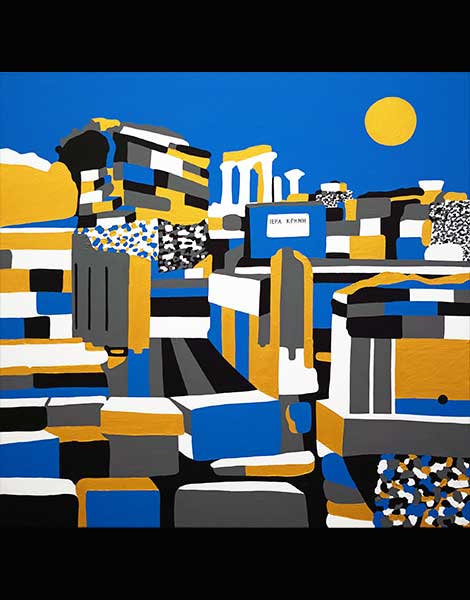
A year into a global pandemic, second and third “waves” have become part of our lexicon. There is a pent-up desire for joy and togetherness.
Neon director Elina Kountouri concedes that while digital platforms have played an essential role during the lockdown, the community embracing the scope of the foundation’s work and the work itself’s virtuosity is still best experienced in person, including at Neon’s upcoming exhibition “The Portals” which will take place in a refurbished tobacco factory and feature up to 40 artists from Greece and abroad including Michael Rakowitz, Glenn Ligon, Dahn Vo and Maria Loizidou.
For Kountouri “Art will always demand a physical experience.” She is confident artists will be resourceful and continue to “remain resilient and imagine a future where culture moves beyond the digital to where it belongs; amongst us.”
Vitsou agrees that digital exhibitions have been necessary, and there have been some successes, yet “we all miss seeing each other and seeing art. Digitization democratizes the art world, but also contributes to an oversaturation of digital content.” She adds that they don’t always translate to purchases. “Experiencing art in person is a visceral experience.”
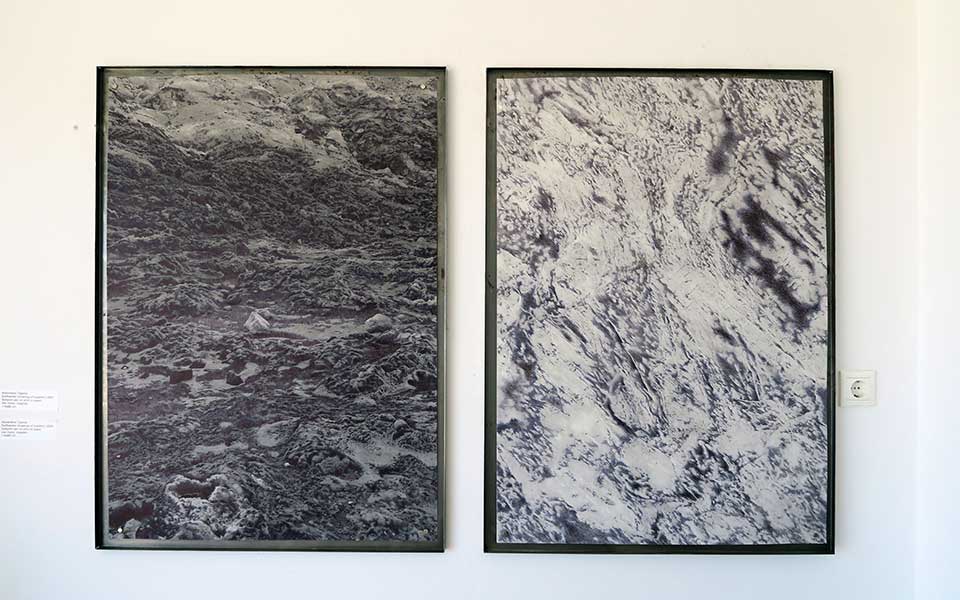
It was going to be a big year for Athens, marking the 200th anniversary of the Greek War of Independence. Yet celebrations have had to be light-footed, with many events postponed due to Covid-19. Kouvali predicts a kind of Eskimo’s “Arctic holiday,” with exhibitions and events pushed into the summer months. That was the case last year when the Gagosian postponed its Athens gallery opening, and Jeff Koons’ exhibition at the DESTE Foundation on Hydra was delayed to next summer.
Artist Alexandros Tzannis made time to speak between a meeting and a bus ride to his studio. He described his recent work as focused on Athens because cities have a powerful culminating force that can act as “arrows for civilization.”
Cities are in an existential crisis. Even before the pandemic, New York and London had started to reverse decades-old growth in population for the first time since the ’70s and ’80s, respectively. The same qualities that have made cities hothouses for creativity and commerce have made them epicenters for the pandemic.
For Tzannis, the upside of more time in the studio and enforced stillness is that it has allowed him to have a sense of place and dive deeper into his work, including his archive of photographs. “We have time to sit with ourselves with no distractions.”
Despite, or maybe because of the isolation, this time may prove to be transformative for artists’ work. Tzannis is confident that art in Athens will continue to grow, tapping into the grit and self-determination developed during the hardship of the economic crisis.
“We are not just waiting for outside forces. Artists are carving out their own spaces. And that has continued.”
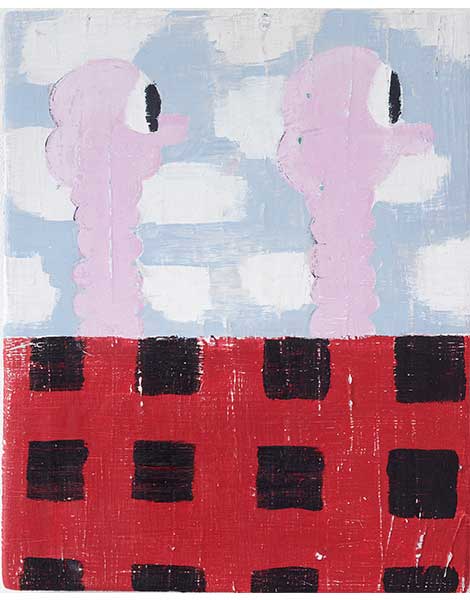
Before returning to Athens in 2018 from Istanbul, where Kouvali had launched Rodeo in 2007, she was pleasantly surprised to find a community of likeminded artists and curators in Athens.
“A lot of us have invested in ourselves being back here working together. It feels like there is hope. We can invest in collaboration and partnership and build community and cultivate work.” It seems the pandemic has shown artists how to further support each other with initiatives like the “Artist Support Pledge.”
The pandemic has shown Athens’ artists that they need a more robust infrastructure and support to ensure they continue to work in the city. Kouvali describes Greece as a country of extremes with the self-driven determination of a country made up of islands. Using the island metaphor, such self-driven qualities “don’t necessarily know how to work together. Yet Covid has helped people come together and network.”
When our conversation turns to her upcoming exhibition taking place in two galleries simultaneously with one-on-one presentations to patrons rather than online (“I am a bit of a dinosaur,”) the enthusiasm enlivens her voice. “It hasn’t been easy, and I am responsible for thirty people’s professional lives. But we came together as likeminded people and created work that is inspiring and unexpected.”
Yet when she describes the nuances of the work of 69-year-old painter Apostolos Giorgio “You have inspired people, and they look inward and do amazing things,” it’s clear Kouvali is precisely where she needs to be.

